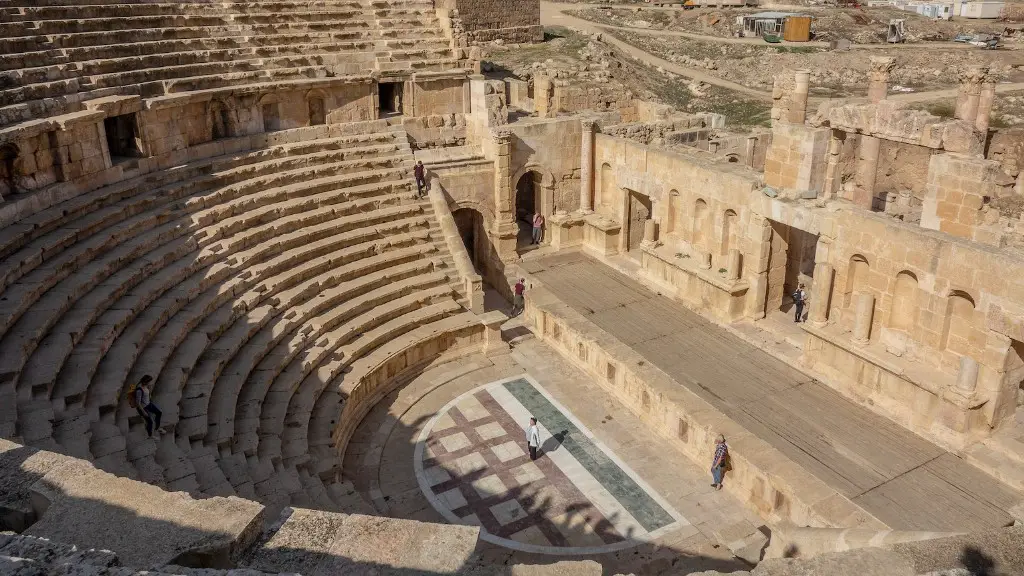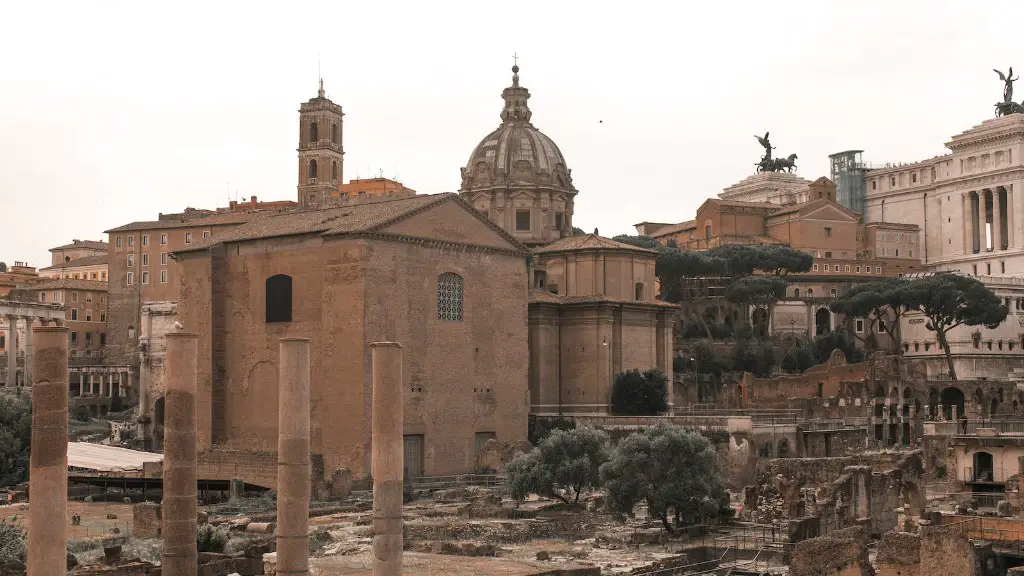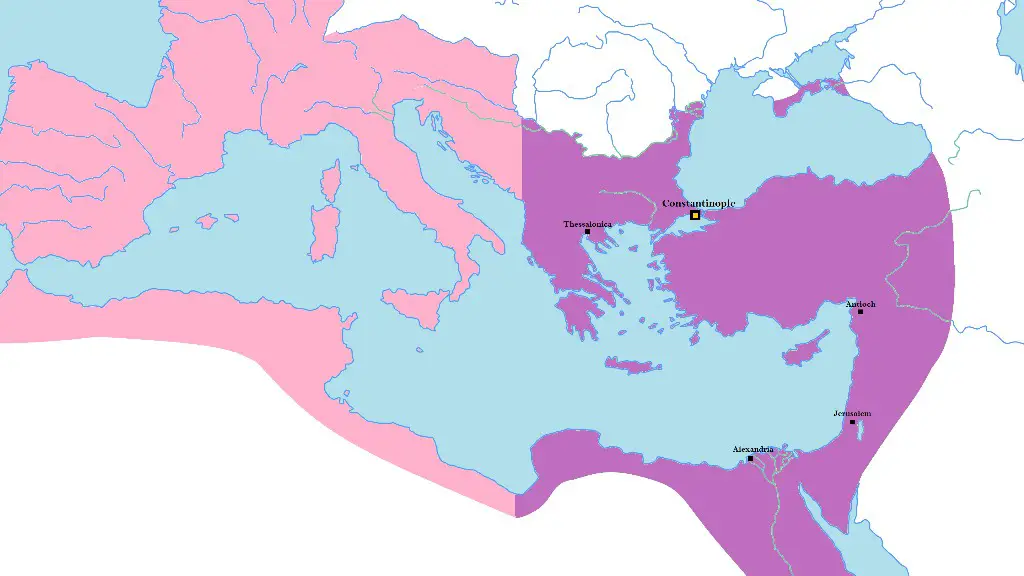Introduction to Ancient Rome Currency
Ancient Rome was a powerful and influential state, which developed over centuries into the Roman Empire. It was not only a major political power, but also a leader in culture and economics. Its economy was based on a market system of exchange and its currency played an important role in its stability and growth. In this article we explore the currency which was used in Ancient Rome and its impact on the economy.
The Currency of Ancient Rome
In Ancient Rome, the most common form of currency was the denarius. It was a silver coin which was minted in the 1st century BC and used throughout the Roman Empire. Other forms of currency included the gold aureus and the bronze sestertius and dupondius. The currency of Ancient Rome was based on the system of weighing coins, and those with higher value weighed more.
The denarius was used for everyday purchases, including items such as food and clothes, and was equivalent to about four sestertii. Coins were measured by weight and in some cases, stamped with an imprint of the emperor. This allowed for trust as people knew which coins were considered to be genuine.
Impact of Ancient Roman Currency
The currency of Ancient Rome played an important role in the economic stability and growth of the Roman Empire. The coins were used for transactions and to store value, which created the monetary system needed to promote a prosperous economy. The coins were also used to pay taxes, which enabled the state to collect money to fund its infrastructure and military. The coins also acted as a form of recognizable currency, as they were used throughout the empire.
The denarius was also significant as it was used as an international currency. It was accepted in a variety of different countries, which promoted trade between Rome and other states. This allowed for items such as pottery, spices, and fabrics to be exchanged, promoting an international market.
The Roman currency also represented the power of the Empire as coins depicting the emperor were used. Coins were minted with inscriptions of Latin texts which communicated the grandeur and glory of Rome. The use of coins with imperial images and inscriptions portrayed the intensity and unified strength of the Empire and encouraged trust in the currency.
Decline of Roman Currency
During the 3rd century AD, the Roman Empire was in decline. This was due to a number of economic and military issues, such as inflation and lack of efficient taxation. These issues caused the denarius to depreciate, thus reducing its confidence and rendering it useless. In addition, the coins were increasingly prone to being counterfeited, thus leading to further distrust. By the 4th century AD, other currencies such as the gold solidus had become more popular, as it was seen as a more reliable form of money.
History Behind Ancient Rome Currency
The Roman currency system was based on the Greek drachma. The drachma was the primary form of currency during the 7th century BC, and featured coins which were inscribed with deities. With the expansion of the Roman Empire, the drachma was adapted and the denarius was issued in 211 BC as the official Roman currency. This currency was then used for centuries, until the late 4th century AD when it depreciated.
In addition to the denarius, other Roman coins were created, such as the bronze sestertius and dupondius. These were intended to be used for minor purchases and were easier to handle than the original coins. The gold aureus was also minted, but was primarily used for payments between government officials.
Contemporary Uses of Ancient Roman Currency
Today, the coins of Ancient Rome still have value as they are highly sought after by collectors and historians alike. The coins are valuable not only for their monetary value, but also for their historical significance. They act as a reminder of the power and influence of the Roman Empire, which has greatly impacted the development of Western culture.
The coins are also still being used as a form of contemporary currency in modern day Rome. This is done through the use of specialised shops which take the coins as payment. This provides a unique way for tourists to interact with the culture, as they can purchase items using the coins which were once the currency of the ancient Roman Empire.
Currency in Ancient Rome: Summing Up
The currency of Ancient Rome has left a lasting legacy which is still seen today. The coins were integral to the functioning of the Roman economy, and as a result, have gained a significant amount of historical significance. This is demonstrated by the contemporary use of coins in modern day Rome, as well as their popularity amongst collectors. Whether it is through ancient coins or modern-day activities, Ancient Rome’s currency proves to be an integral part of Roman culture.
Conclusion
The currency of Ancient Rome is a key part of the history of the Roman Empire. Its coins were used for a variety of purposes, from everyday purchases to international trade. The coins were also an expression of the power and grandeur of the Empire, and were imprinted with images of the Emperor. Although the coins are no longer used, they continue to remain popular amongst collectors and within contemporary Roman culture.



